Welcome to part 2 of my Cape Verdean Adventures. If you haven’t already read part 1, I suggest you do that here.
Now time for some tourism!!!
CAMPO DA MORTE LENTA (THE CAMP OF SLOW DEATH)

The most famous concentration camp is Auschwitz in Germany, but there was also one in Tarrafal (located in the village of Chão Bom) called the “Slow Death Camp,” where political prisoners from the liberation movements in Angola, Guinea-Bissau, Cape Verde, and some anti-fascists from Portugal were sent.




The harsh conditions of the camp were meant to demonstrate that the repression would be taken to the extreme, as expressed in a famous quote from Esmeraldo Pais, the field service physician: “I am not here to heal, but to sign death certificates.”
NATURE CONSERVATION
When it comes to biodiversity conservation, the people of Cape Verde did not come to play! I love the way they take conserving nature so seriously, whether flora, fauna or land and sea resources. Every country should follow their example and prioritise conservation efforts!
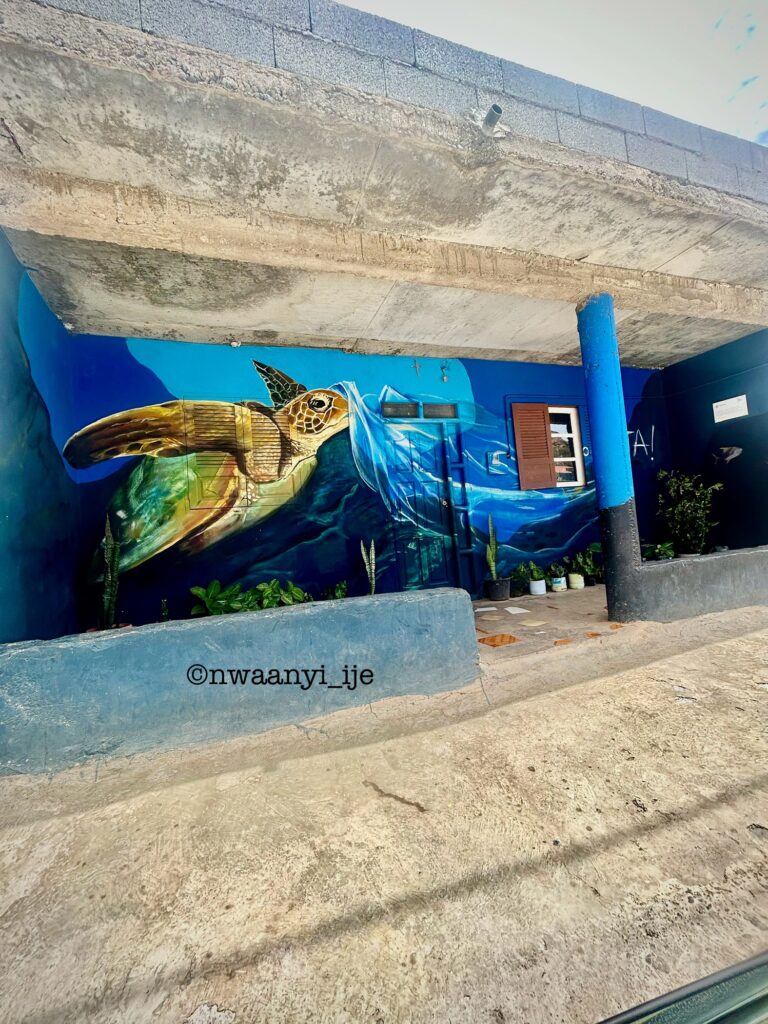
THE TREE OF LIFE

In Park Poiläo, near the village of Boa Entrada, stands the tallest tree in Cape Verde, a Kapok tree also called “The Tree of Life” because no one knows its origin. The tree is more than 500 years old, while some claim it is up to a thousand years old.
Descending from the serene heights of the Tree of Life, we bought some mangoes grown everywhere in the fertile valley lands of Boa Entrada. We also stopped for some grilled corn along the way. Although I’m generally not a fan of grilled corn and prefer boiled, like everything in Cape Verde, the corn was very sweet and not too hard on the enamel.


ESPAÇO PAJUDO

For lunch, we visited Espaço Padjudo where I enjoyed some cold kriola (local beer) along with bread and meat. My tour guide had Kaxhupa, which to Cape Verdeans is like rice to Nigerians—it’s the most ubiquitous meal in the country.



ESPINHO BRANCO VILLAGE

The Rabelados, only surviving native indigenous tribe of Cape Verde, still adhere to traditional religious practices. They were among the groups that revolted against the Portuguese colonialists and the Catholic Church, isolating themselves from the rest of society to preserve their culture.
In recent years, they have become more open to the outside world and more accepting of some Western influences. The population of the village, where the largest community of Rabelados currently resides, is less than a thousand, and more efforts are being made to preserve their traditional way of life. They primarily engage in agriculture, fishing, and handicrafts, but unfortunately, they have been without a community chief since 2010, resulting in the cessation of some traditional practices.


Despite the language barrier, I had a very enjoyable time being shown around by a village inhabitant. She kindly played some music for me with traditional pipes, and I purchased a beautiful traditional painting (Rabel Arte) from her.
BEACH, BOATS, BONFIRES AND BARBEQUE

If I could, I would spend all my time on a boat on the Atlantic Ocean in Cape Verde. Interestingly, at night, I observed many boats scattered on the ocean where private citizens either launched to sea because they preferred the gentle rocking of the ocean to the sturdiness of land, or fishermen hoped to get a good catch at the crack of dawn.
Cape Verde provided me with many first-time experiences. It was my first time fishing on the ocean, actually catching a fish, and my first time seeing a black sand beach.

Away from the picturesque mountain views and sandy beach of my hotel in Tarrafal, I found solace in the clear waters of the Atlantic Ocean, where I had a blast frolicking on pebbly cave beds, picking sea shells, and singing to myself as our boat sailed along. At one point, the profile of the only active volcano on Fogo Island was visible from the ocean.

One scheduled activity was fishing, and my tour guide handed me a line with some fish guts to be used as a lure. I flung the line into the ocean and patiently waited for the bait to attract a bite. Before long, a good-sized Muraena fish took the bait. I was informed that such a catch would fetch about $10 in the market. The fish was taken to a nice restaurateur on the shore, where it was cleaned, grilled, and served to us with some local beer for lunch.

My last night in Cape Verde was spent around a bonfire with local fishermen who barbecued some fresh fish caught during the day. We swapped stories, drank some local rum, and gazed at the starry skies while singing and clapping
FAVOURITE THINGS TO DO IN CAPE VERDE
1. Dancing on the beach
2. Eating Mango Ice Cream
3. Street Art
4. Warm and very friendly people
5. The clear waters

The official currency of Cabo Verde is called Escudo, they’re some of the most colourful notes I’ve seen. 1 escudo equals 100 centavos.

Point to Note: The Unofficial motto of Cape Verde is “No Stress”.
P.S. “Don’t forget to always wear sunscreen as life in Cape Verde is more outdoors than indoors
STREET ART/MURALS
Below are some pictures I took of beautiful street murals in Tarrafal


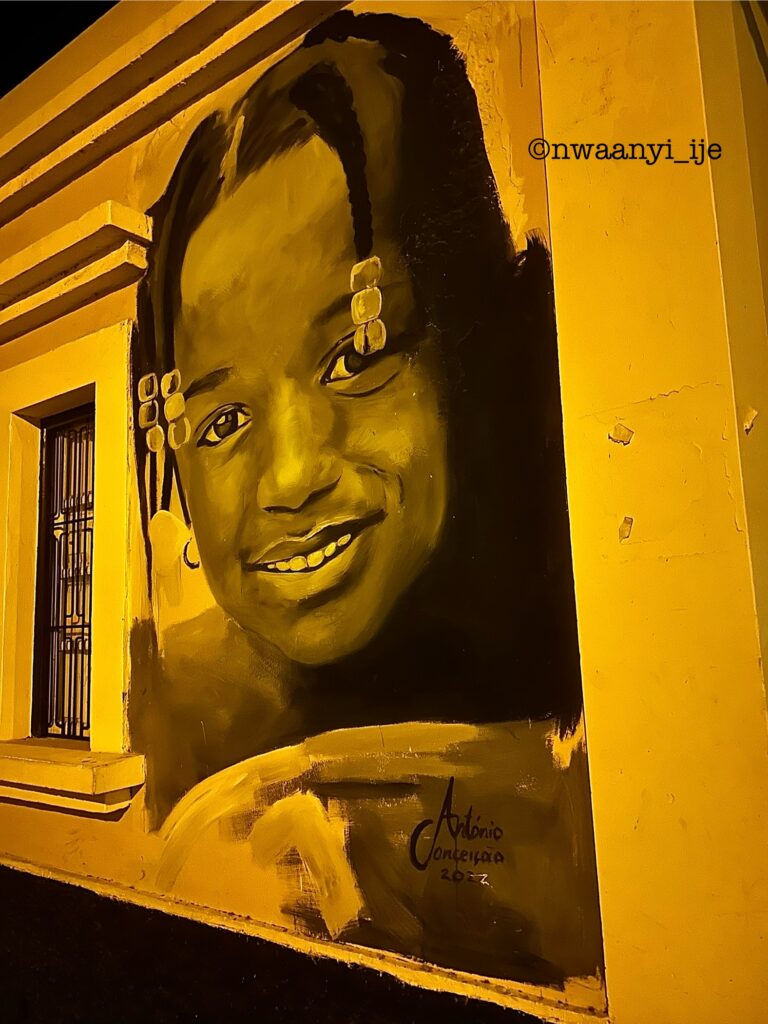

Until next time from your top guide in fine living.
Love,
Nwaanyi Ije















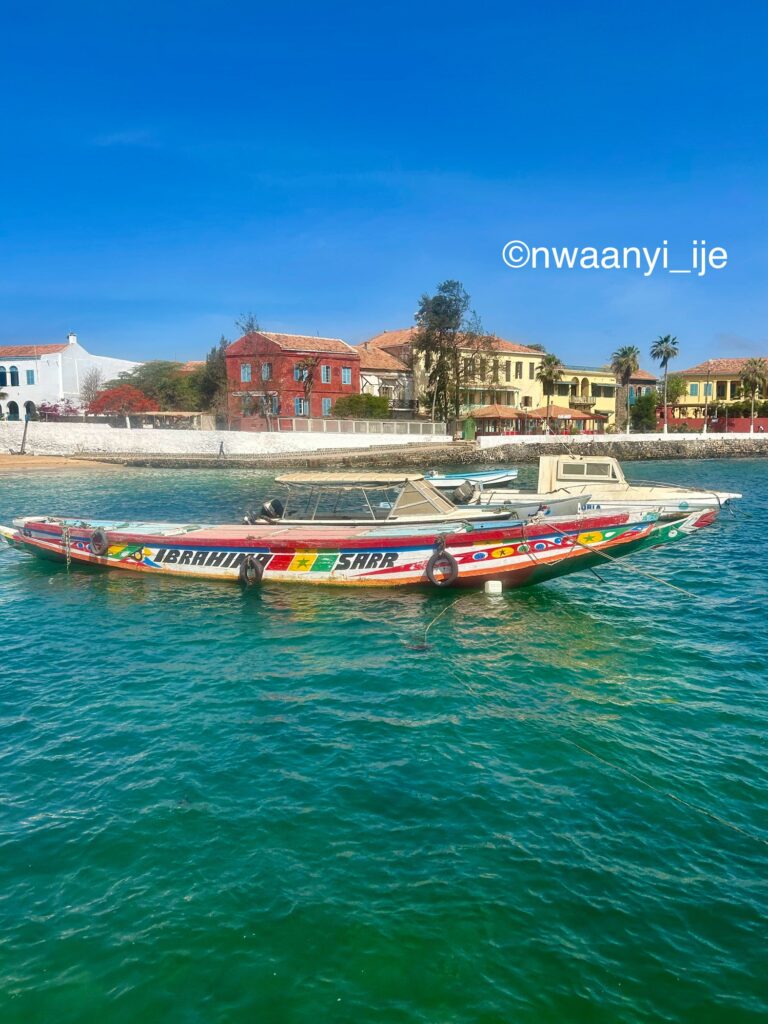






















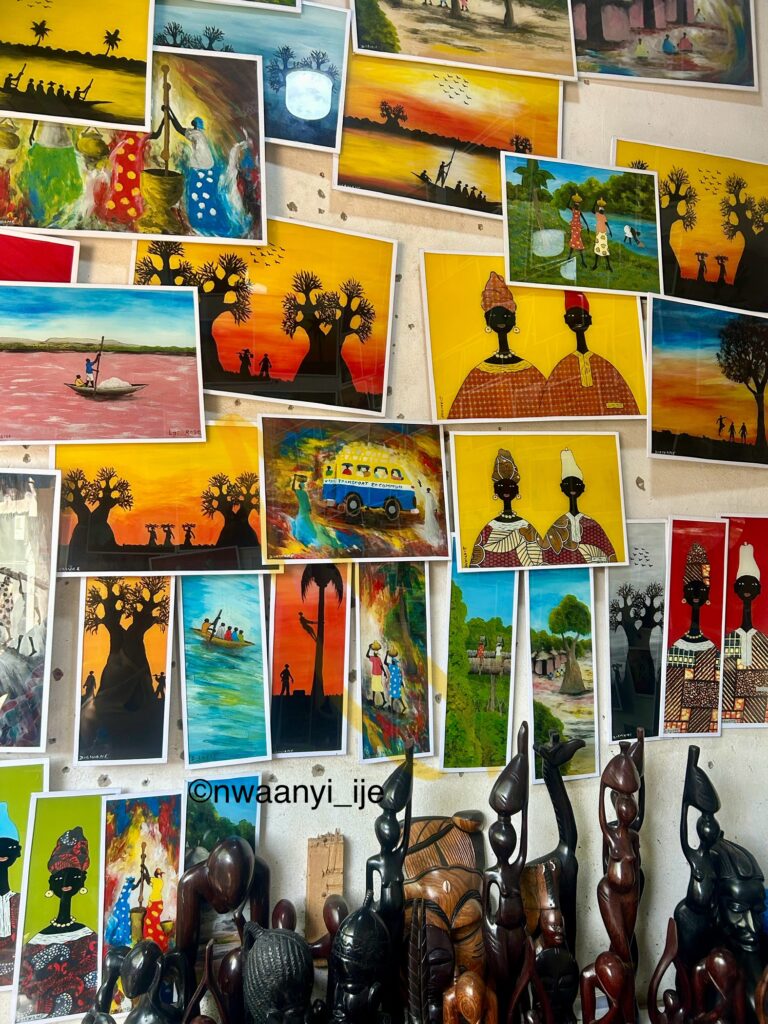






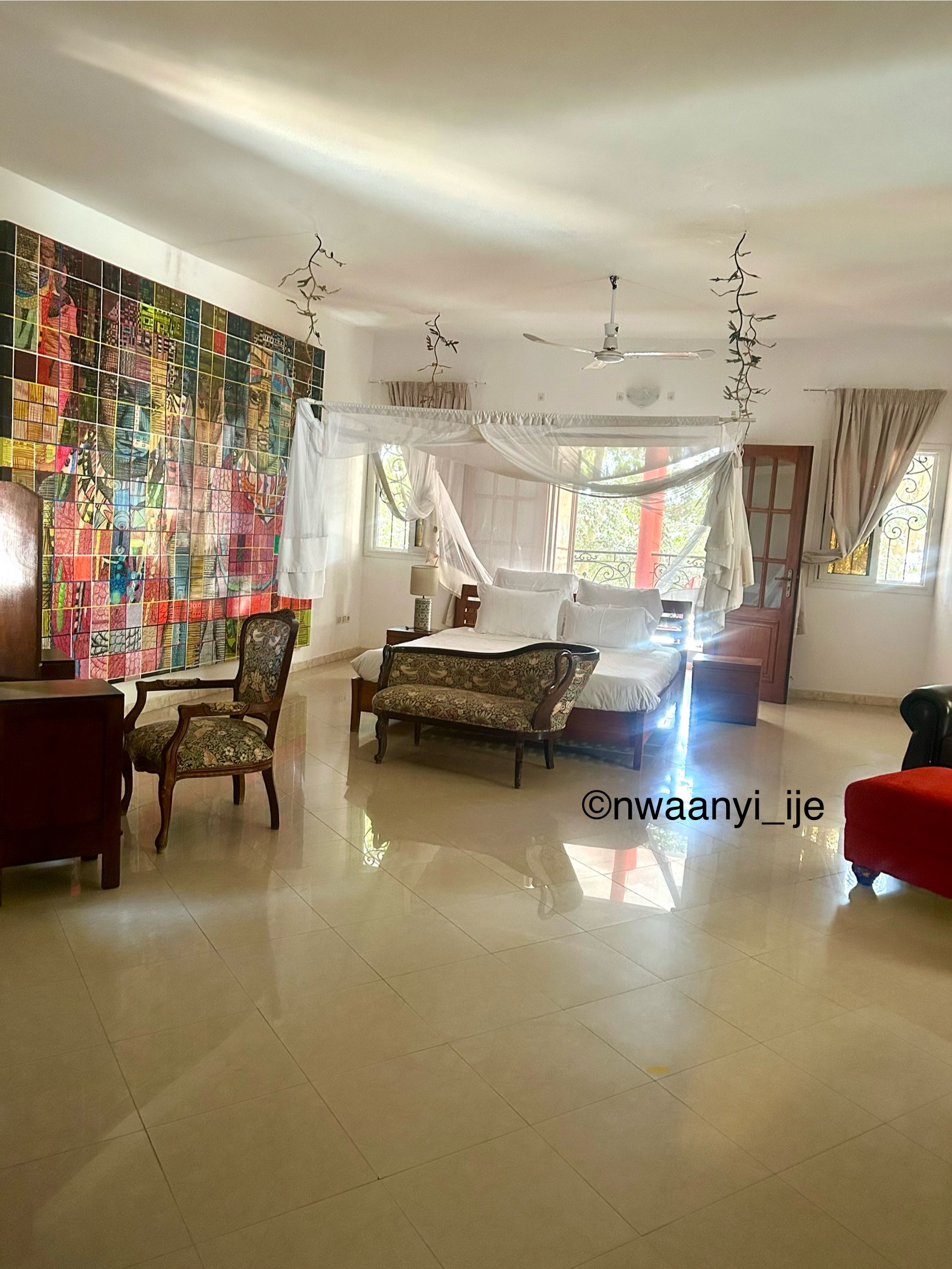
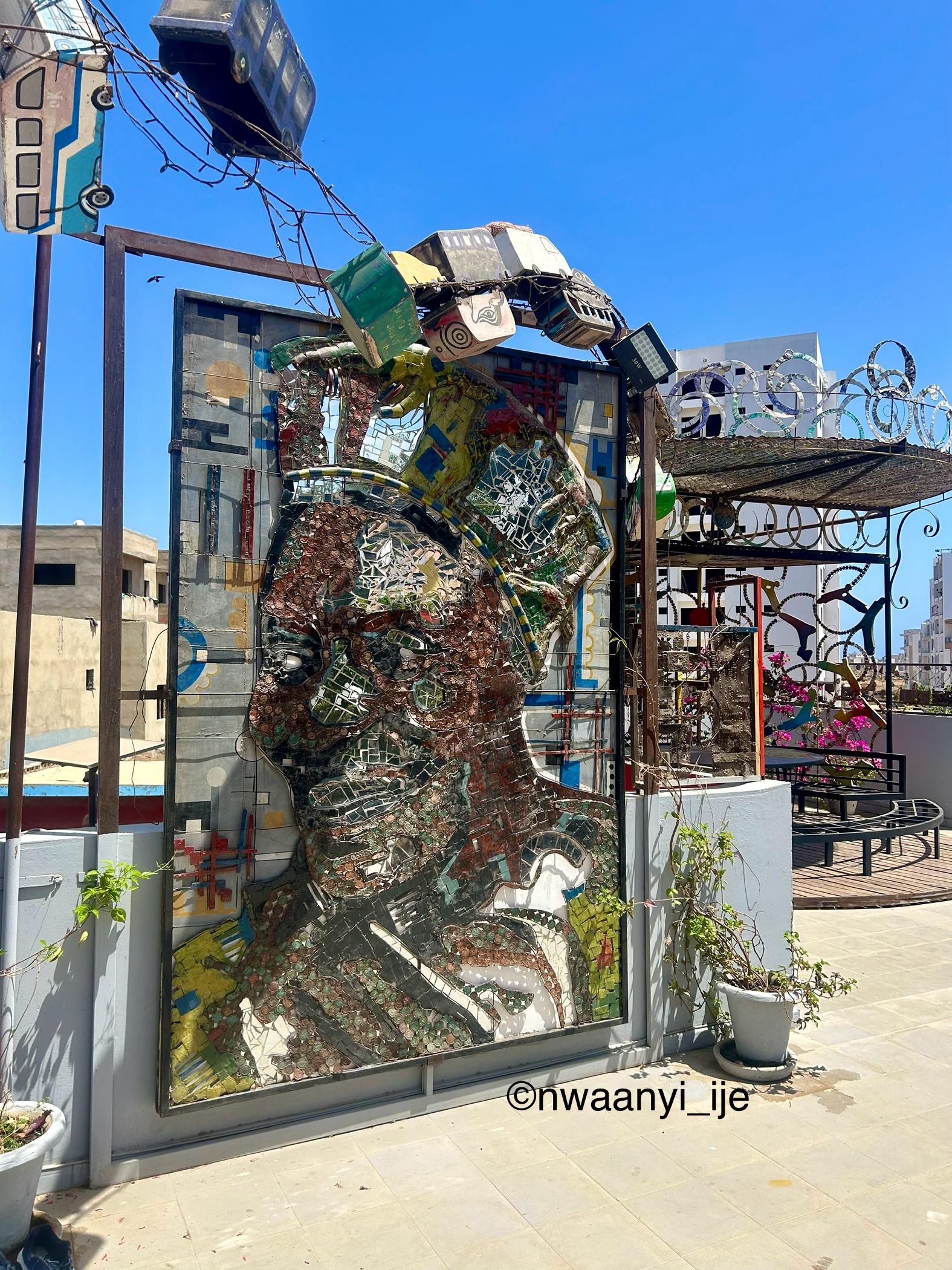

























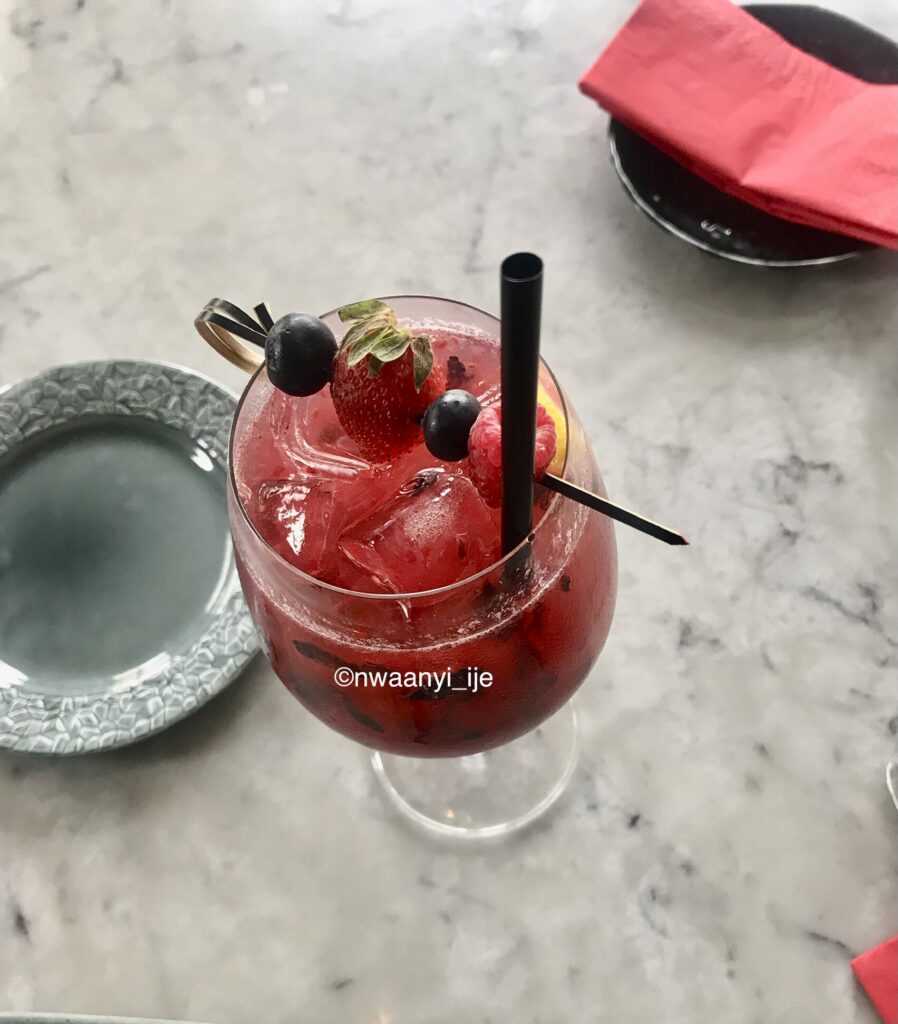











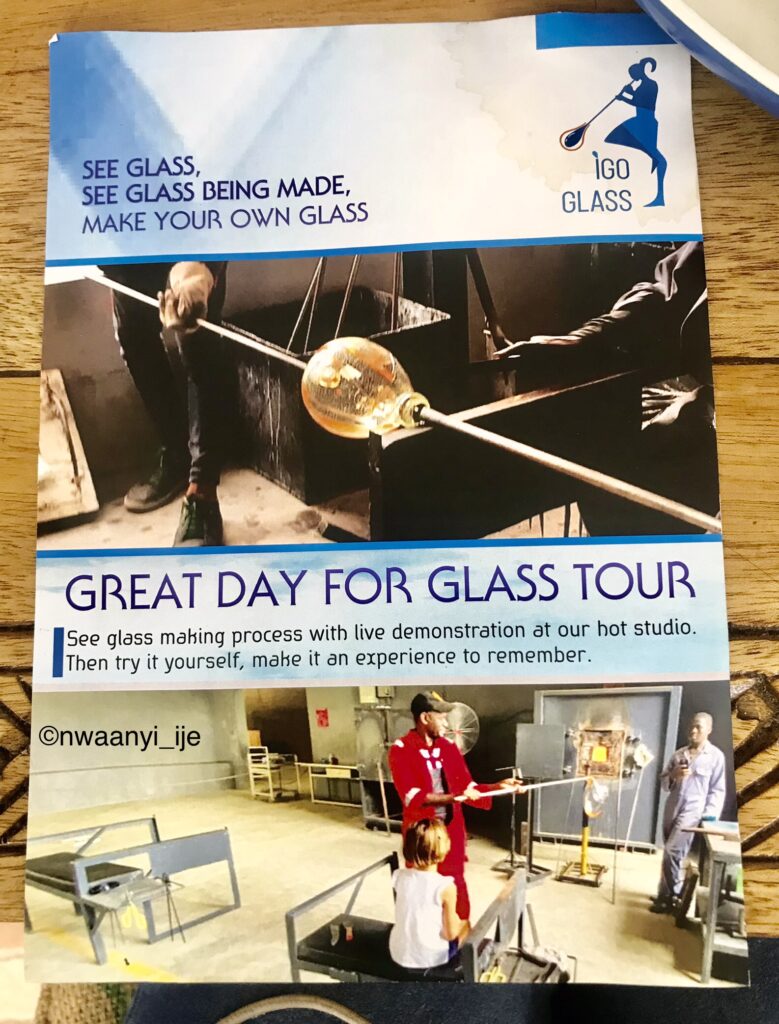




















Leave a Reply